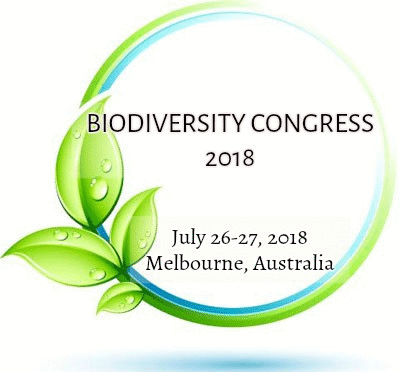
Michal Kuchar
Bio-Protection Research Centre, New Zealand
Title: Metabarcoding and culturing to investigate the diverse fungi associated with cabbage in and their bio-control potential
Biography
Biography: Michal Kuchar
Abstract
Statement of the problem : Agricultural crops such as cabbage (Brassica oleracea var. capitata) are vulnerable to a plethora of pests and diseases.
Endophytic fungi are increasingly used in biological control against these pests and diseases as agricultural producers attempt to reduce their environmental footprint.
Methodology & Theoretical Orientation: In this study, putative endophytic fungi were isolated from cabbage grown in 3 regions in New Zealand in order to identify isolates with potential to assist crop production. Selected fungal isolates were tested in bioassays to determine their potential for biological control of a fungal disease caused by Sclerotinia sclerotiorum and an insect pest of cabbage - Diamondback moth (Plutella xylostella).
In addition to isolation from plants, patterns in fungal communities were also described using metabarcoding data acquired by high-throughput sequencing and compared with data on direct isolation through culturing.
Findings: Over 100 species were identified using culturing approaches, while metabarcoding approaches suggest the number of fungal species associated with cabbage tissues could be over 200. Fungal communities differ in above- and belowground parts of cabbage. There does not seem to be a significant difference between fungal communities in different regions of New Zealand.
Increased mortality of Diamondback moth larvae feeding on cabbage leaves treated with spore suspensions of several isolates of Lecanicillium sp. was observed. None of the tested isolates used as seed inoculants significantly reduced disease symptoms caused by Sclerotinia sclerotiorum in a bioassay on cabbage seedlings.
Conclusion & Significance:
In this study several isolates were identified as promising biological control agents of an insect pest of cabbage. However, these isolates are members of a large consortium of fungi. The uncovered patterns in the fungal communities underline the importance of understanding of the microbial communities associated with agricultural crop for us to improve it.

